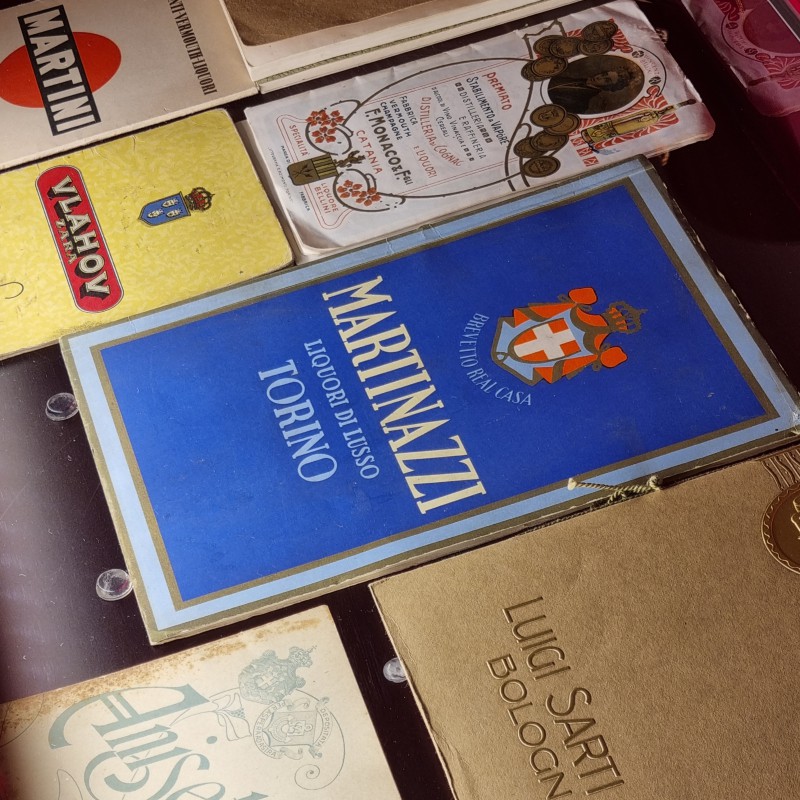The great Italian distillation tradition
Despite the crisis in the artisanal world, from the 1980s onwards, the production of liqueurs and alcoholic beverages in Italy continues to grow, and distilleries begin to diversify their production.
This diversification is due to several factors, including:
- the richness of Italian agricultural production: Italy is a country rich in vineyards, orchards, and aromatic plants, which have provided distilleries with a wide range of raw materials for the production of spirits and liqueurs.
- the diversity of regional traditions: each Italian region has its liquor traditions, which have developed over the centuries.
- innovation: Italian distilleries have always experimented with new distillation techniques and recipes, giving rise to a great variety of products.
This diversification is due to several factors, including:
- the richness of Italian agricultural production: Italy is a country rich in vineyards, orchards, and aromatic plants, which have provided distilleries with a wide range of raw materials for the production of spirits and liqueurs.
- the diversity of regional traditions: each Italian region has its liquor traditions, which have developed over the centuries.
- innovation: Italian distilleries have always experimented with new distillation techniques and recipes, giving rise to a great variety of products.
In addition to Grappa, the most renowned Italian distillate and flagship of the distillation production of the peninsula, among the most widespread products produced by Italian distilleries are:
- Vermouth: a fortified wine with alcohol and flavored with herbs, spices, and fruit. It is a typical product of Piedmont, but it is widespread throughout Italy and in various countries around the world.
- Limoncello: a liqueur made from lemon peels. It is a typical product of southern Italy, whose paternity is disputed among the people of Sorrento, Amalfi, Capri, and Sardinia, but it is widespread throughout Italy.
- Amaro: a liqueur made from herbs and spices, with pronounced digestive properties. Among the most famous Italian amari are Fernet (aromatic herbs), Cynar (artichoke), and Nocino (walnut).
- Sambuca: a liqueur made from star anise, often served with a coffee bean (the famous "fly").
- Mirto: a liqueur made from myrtle berries, typical of Sardinia.
- Vermouth: a fortified wine with alcohol and flavored with herbs, spices, and fruit. It is a typical product of Piedmont, but it is widespread throughout Italy and in various countries around the world.
- Limoncello: a liqueur made from lemon peels. It is a typical product of southern Italy, whose paternity is disputed among the people of Sorrento, Amalfi, Capri, and Sardinia, but it is widespread throughout Italy.
- Amaro: a liqueur made from herbs and spices, with pronounced digestive properties. Among the most famous Italian amari are Fernet (aromatic herbs), Cynar (artichoke), and Nocino (walnut).
- Sambuca: a liqueur made from star anise, often served with a coffee bean (the famous "fly").
- Mirto: a liqueur made from myrtle berries, typical of Sardinia.



